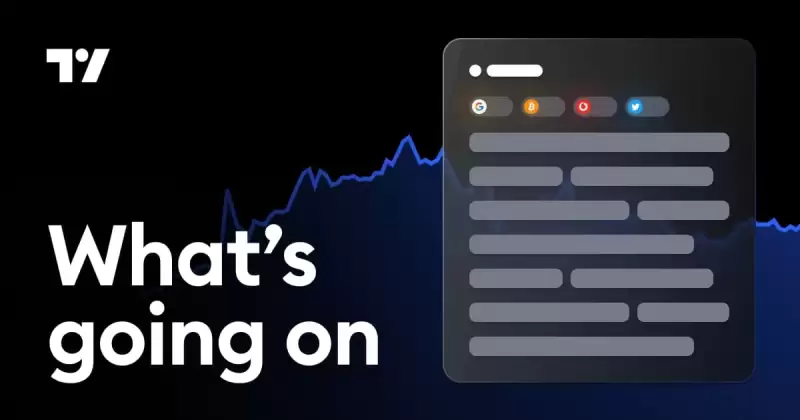 |
|
 |
|
 |
|
 |
|
 |
|
 |
|
 |
|
 |
|
 |
|
 |
|
 |
|
 |
|
 |
|
 |
|
 |
|
Cryptocurrency News Articles
Hoodi, a new long-lived testnet, will launch on March 17
Mar 14, 2025 at 04:26 am
The testnet will primarily focus on validator exit mechanisms, one of the final hurdles before Pectra can move forward.
Ethereum (ETH) developers are set to launch Hoodi, a new long-lived testnet, on March 17 as they continue to work on resolving challenges with the highly anticipated Pectra upgrade.
The testnet will mainly focus on testing validator exit mechanisms, which are among the final hurdles to clear before Pectra can launch. Broader testing will continue on Ethereum’s Sepolia and Holesky testnets.
Pectra, which merges features from the Prague and Electra proposals, aims to bring several new capabilities and optimizations to Ethereum, notably merging the execution and consensus layers and rolling out key improvements for validators, such as increased staking flexibility and streamlined operations.
However, the upgrade has faced setbacks and experienced repeated delays due to client readiness issues, synchronization bugs, and infrastructure concerns.
According to Ethereum Foundation developer Tim Beiko, Pectra’s mainnet activation will only proceed if Hoodi successfully forkes and client teams confirm they have confidence in the upgrade’s stability.
Even in the best-case scenario, mainnet activation will not happen until at least 30 days after Hoodi forks, setting April 25 as the earliest possible date.
Pectra struggles
Ethereum developers have been working through a series of unexpected challenges with Pectra, including problems with validator exits, network synchronization, and compatibility between client implementations.
The delays stem from issues encountered during testnet deployments. The Holesky testnet, for instance, failed to finalize after the Pectra upgrade, leading to potential mainnet launch delays as developers investigate the problems.
Similarly, the Sepolia testnet experienced misconfigurations, prompting developers to extend the testing period to collect more data before proceeding with the mainnet activation.
Additionally, some client teams have expressed concerns about last-minute changes to the upgrade’s scope, which has complicated the testing process.
Ethereum’s modular development structure means that upgrades must be coordinated across multiple teams working on different execution and consensus clients, adding to the complexity.
The Ethereum community has expressed mixed reactions to the recent delays in the Pectra upgrade. While some members are frustrated by the postponements, others appreciate the developers’ cautious approach to ensuring network stability.
Despite these setbacks, many community members remain optimistic about Pectra’s potential benefits, including improved staking flexibility and enhanced scalability.
Fusaka upgrade
While Pectra remains a priority, Ethereum developers are also progressing with planning for the Fusaka upgrade, which will follow Pectra.
Fusaka will introduce Peer Data Availability Sampling (PeerDAS) to improve data handling by enabling validators to sample data instead of downloading full datasets, reducing bandwidth requirements.
It also rolls out the Ethereum Virtual Machine Object Format (EOF) to optimize smart contract execution by enabling code-data separation and versioning, lowering costs for developers.
The Ethereum core team has set a March 24 deadline for Ethereum Improvement Proposals (EIPs) to be considered for inclusion. Client teams are expected to share their scope preferences by March 31, with a tentative scope freeze set for April 10.
Ethereum developers remain committed to ensuring a stable and secure network upgrade. However, the multiple delays with Pectra highlight the increasing difficulty of coordinating large-scale changes to Ethereum’s infrastructure as it continues to scale.
Disclaimer:info@kdj.com
The information provided is not trading advice. kdj.com does not assume any responsibility for any investments made based on the information provided in this article. Cryptocurrencies are highly volatile and it is highly recommended that you invest with caution after thorough research!
If you believe that the content used on this website infringes your copyright, please contact us immediately (info@kdj.com) and we will delete it promptly.
-

-

- Lung cancer diagnostics developer Lung Life AI (LON: LLAI) still plans to leave AIM following its US distribution deal
- Apr 19, 2025 at 10:15 am
- This will leave LungLife AI with the activities of running the LungLB test and collecting royalties. Circulogene will have exclusive rights to distribute and further development the LungLB lung cancer diagnostic in the US and the other countries it is involved in.
-

-

-

-

-

-

-






























































